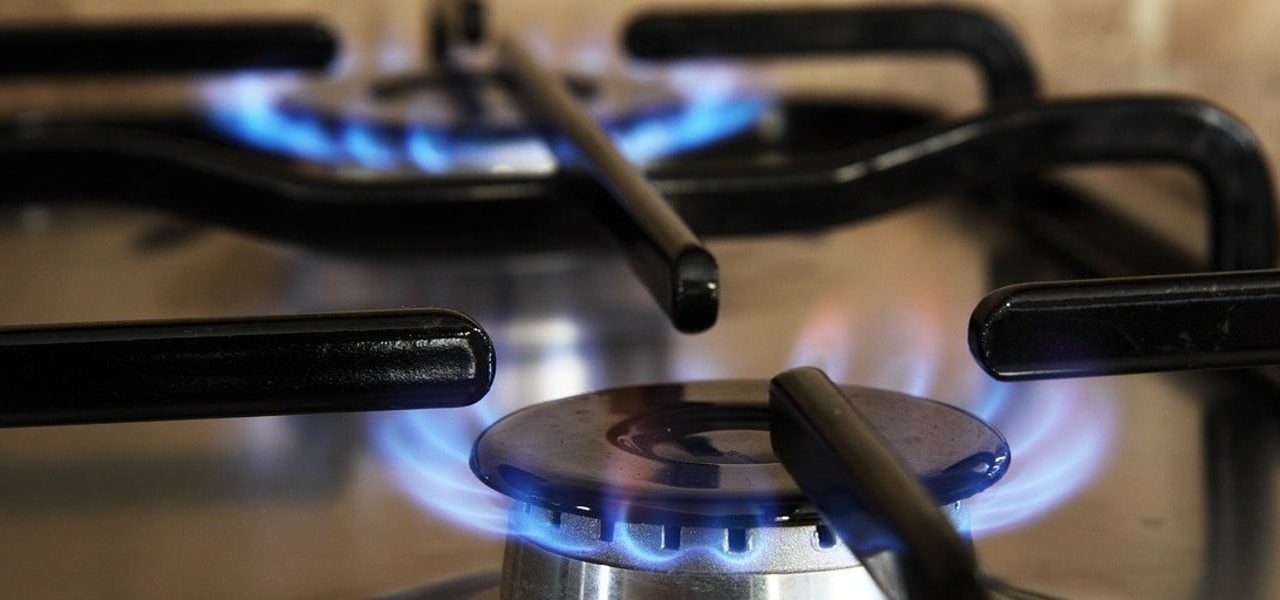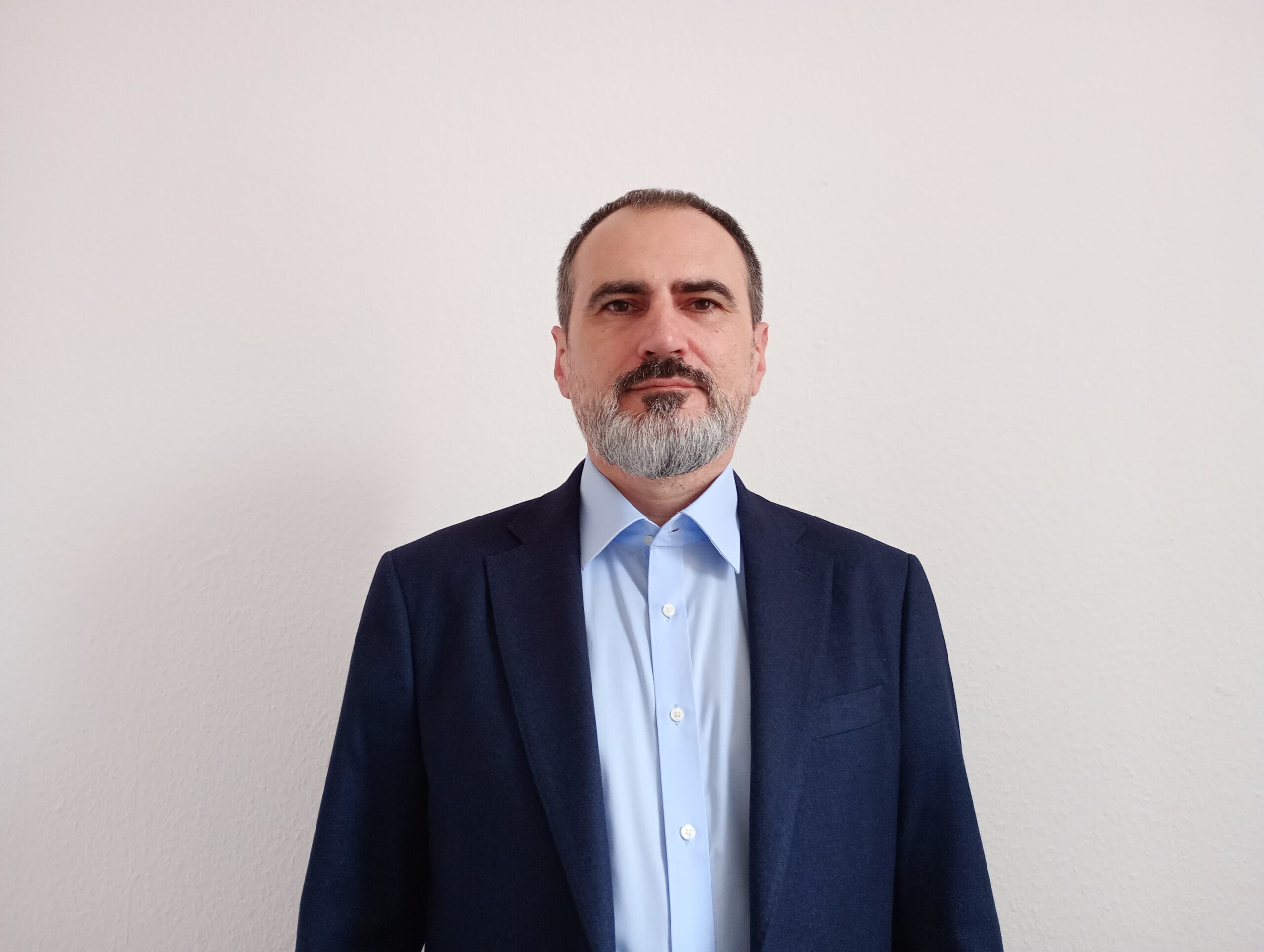If Russia invades Ukraine, the pipeline between Russia and Germany will not become operational. There will be no more Nord Stream 2. We will put an end to that. Promise, we are able to do that.
Those were the words of US President Joe Biden following his meeting with German Chancellor Scholz on February 7. Because the media in this country is what it is, there has been almost no comment on this, despite the fact that it is an incredible statement. The American President declares right away that if American demands are not met, he will halt an economic project on the European continent. We’re talking about the undersea pipeline that will carry Russian gas to the north of Germany and then to the rest of Europe. The project is technically complete and runs alongside the Nord Stream 1 line, which has been in operation for ten years and transports approximately 50 billion cubic meters of gas to Europe each year. However, the German authorities’ authorization of Nord Stream 2 installations is currently being delayed due to pressure from various sources not to commission the Russian pipeline, which costs around €10 billion, ostensibly in opposition to an impending Russian invasion of Ukraine. Opponents include, first and foremost, the United States and the United Kingdom, as well as countries with a long history of hostility toward Russia, such as Poland and the Baltic States. And, of course, Ukraine, which serves as a transit country [efn_note]Data from the think tank Bruegel indicate that currently about one third of Russian gas comes to Europe via Ukraine, two thirds via Nord Stream 2. On transit prices, see Deutsche Welle[/efn_note] for Russian gas to Europe, earning about 1% of its GDP from it.
A boon for the environment?
People who are concerned about global warming may believe that, regardless of their motivations, a boycott of natural gas imports, a fossil fuel that emits millions of tons of CO2 when burned [efn_note]Another source of greenhouse gas is the methane that escapes from natural gas installations.[/efn_note], is a good thing. The environment and climate, on the other hand, play no role in the current conflict over Russian gas. An extreme example might be Texan Republican Senator Ted Cruz, a staunch supporter not only of the Nord Stream 2 sanctions, but also of the Keystone XL pipeline, which was to transport tar sands oil from Canada to the United States. But, now that natural gas has been designated as a sustainable energy source in the European Union’s ‘taxonomy,’ it would be difficult for European authorities to invoke climate change. The German Grünen are another extreme example, but at the opposite end of the spectrum. This now-governing party is prepared to use Nord Stream 2 as a weapon against Putin and is campaigning for the construction of new LNG terminals to bring liquefied gas from the United States to Europe. In terms of the environment, neither the extraction method (fracking) nor the transport via tankers is an improvement over the Russian pipeline. Furthermore, price is not a consideration: Russian gas is said to be up to 50% cheaper than fracking gas from (rather than ‘in’) in the United States.
Biden vs. Trump?
Biden is not Donald Trump. Unlike his predecessor, Biden does not deny that there is a climate problem, and he has taken some cautious steps in a country that emits twice as much CO2 per capita as Europe. During his election campaign, he appeared to be at odds with the oil industry for a time, but there is always something for everyone during such a campaign. He called his Trump counterparts’ claims that he would ban fracking for oil extraction a lie. And, just as Trump would have done, he is now attempting to halt the flow of Russian gas while resuming the flow of American LNG tankers to Europe. If this is not justifiable in terms of the environment and affordability, it will also have a negative impact on supply security. A tanker, unlike a pipeline, can change course. And it does, depending on who the winning bidder is. On the other hand, the possibility that Putin will ‘turn off the gas tap,’ as the propaganda war now suggests, can be safely ignored. Call him a scoundrel all you want, but he’s not going to saw off the branch he’s sitting on. By the way, even as tensions rise, everyone must admit that all contracts with Gazprom are meticulously carried out.
The continuity of US policy
It is useful to recall two episodes from the not-too-distant past to see that Biden’s actions against Nord Stream 2 are not a break in American policy, but rather a continuation.
The Brotherhood pipeline, which still transports Siberian gas through Ukraine to Europe, was built in the early 1980s during Soviet times. This did not sit well with Ronald Reagan, who prohibited American companies from supplying material and even extended the prohibition to European companies with branches in the United States. He offered Germany American coal in place of Soviet gas, but that did not work out. There was even an earlier instance of American meddling in the early 1960s, when John F. Kennedy attempted to boycott the Friendship pipeline.
Much more recent are the squabbles over the EastMed pipeline. Gas fields were discovered in the eastern Mediterranean about ten years ago. There was a tug-of-war between neighboring countries (Israel, Turkey, Cyprus, etc.) over ownership rights, but an agreement was reached early in 2020 between Israel, Greece, and Cyprus (but not Turkey) to build a pipeline via Crete and Cyprus to Greece and further to Europe. The EU and Washington both backed the plan wholeheartedly; Exxon Mobil was one of the oil companies involved. However, the US administration informed Israel, Greece, and Cyprus in early January 2022 that it would no longer support the project. Some see it as a rebuke to the Trump administration, while others see it as an American gesture toward Erdogan. The Turkish president may be a thorny member of the Atlantic Alliance, but NATO and Washington value his arms deliveries to Ukraine.
But are we going to abandon the Ukrainians to their fate?
First and foremost, let us note that Russia has not yet intervened militarily in Ukraine. The presence of troops on the border is rightly perceived as a threat, but Ukrainian President Zelensky has asked his Western allies not to exaggerate that threat. Putin has repeatedly stated that he has no intention of invading Ukraine. This is not a guarantee, but he also knows that NATO would prefer nothing more, and that it would provide the perfect cover for Western war rhetoric.
Second, it is critical to conduct an accurate assessment of the nature of the conflict between Russia and Ukraine. Western propaganda refers to ‘Russian expansionism,’ citing the annexation of Crimea (2014) as an example. However, Putin is consolidating Russia’s vast territory as a capitalist state, and his primary concern is not expansion, but security. There are compelling reasons for this. Indeed, the West lied to Russia, claiming that if the Soviet Union fell apart, NATO would not expand to the east; however, in the meantime, one can speak of a true encirclement, stretching from the Baltic to Bulgaria. The threat would be complete if Ukraine and, possibly, Georgia joined. One does not have to be a Putin supporter to see this.
The annexation of Crimea must also be viewed from the standpoint of security, not territorial expansion [efn_note] There is another aspect to Crimea, which puts the annexation in a somewhat different light. During the Soviet period (1954), the territory changed its constituent republic, from Russia to Ukraine. In 2014, Russia’s annexation was accompanied by a referendum, in which a large majority of the population voted for independence. The validity of the referendum was rejected internationally, but one can doubt that a proper referendum would produce a different result today. That Putin makes this a trump card for his Russian patriotism should not be denied, but if the West contrasts this with the ‘democratic’ Ukrainian regime, there is also a problem. See, for example. Jacobin, A US-Backed, Far Right-Led Revolution in Ukraine Helped Bring Us to the Brink of War [/efn_note] It is strategically located on the Black Sea, where the US Navy is clearly visible. Understanding Russian concerns does not imply support for the annexation, but it is necessary if the conflict is to be demined.
And it is this latter path that we must take if we are to assist the Ukrainians. At all costs, a war must be avoided; eight years of civil war is more than enough. Any arms supply to Ukraine will only increase the risk of bloodshed. One of the most important ways that residents of NATO countries can assist the Ukrainians is to oppose the export or transit of weapons.
As a result, rather than weapons, negotiations should be encouraged. The Minsk Accords (2014-15), which Russia also defends as a solution, have been the foundation for this for several years. And, while Putin wields some authority over the Russian component of the conflict in Crimea and eastern Ukraine, the West wields some authority over Kiev’s rulers. As is often the case in diplomatic negotiations, none of the parties is popular among left-wing observers. Those who are serious about peaceful solutions, on the other hand, place greater emphasis on the outcome of negotiations than on the faces of the negotiators.
And where does the EU fit into all of this?
Whatever justifications Washington may offer for its opposition to Russian gas for Europe, they are insufficient. Fracking gas is unquestionably not an environmentally friendly alternative to natural gas. If it were a matter of diversifying Europe’s energy sources, EastMed (controlled by close US ally Israel) would not have been canceled. And, in terms of funding the Putin regime through natural gas revenues, Russian oil product exports to the United States will reach a new high in 2021…
As is customary, American foreign policy is motivated by geostrategic and corporate interests, which translates to imperialism in a nutshell. The means at its disposal distinguish American imperialism from its European competitor, the EU: its massive military-industrial complex, experience with military interventions, global currency, presidential regime that shields a large part of its policies from democratic interference, and island geography that allows it to wage wars on other continents without suffering the consequences of refugee flows and failed states. Add to that the brutality that has conditioned the political class to accept such a position. Who else can afford to build a facility like Guantanamo while lecturing others about democracy and the rule of law? Who else can afford to threaten an economic project on another continent with statements like “We promise, we are capable of putting an end to this.”
Two opposing conclusions can be drawn by a European from this. The path forward for Europe can be seen in the American example: becoming a military superpower, increasing imperialist power by removing democratic barriers, assisting industrial champions with financial and, if necessary, military means to advance their position in the world. This is the path that the EU wishes to take, and it is supported by almost all political parties, including social democrats and greens.
Another possibility is that the American example demonstrates unequivocally which path we should not take under any circumstances. We help to demine conflicts where they arise; more democracy is required at all levels, beginning with the economic system; and we become true globalists, considering the consequences of our decisions for the rest of the world.
The original version of this article appeared on the website Ander Europa on February 11th in Dutch.
Photo: (source: Pixabay, CC0)










